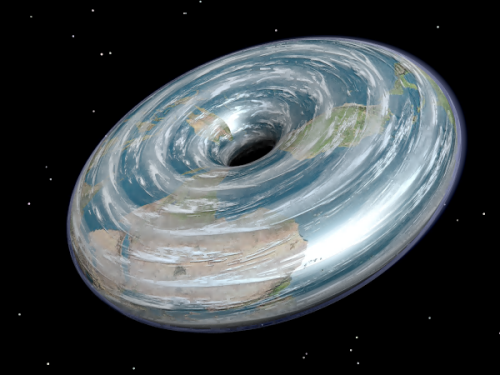Slashdot lets us know that we finally know where’s the most freezing place on Earth:
What is the coldest place on Earth? It is a high ridge in Antarctica on the East Antarctic Plateau where temperatures in several hollows can dip below minus 133.6 degrees Fahrenheit (minus 92 degrees Celsius) on a clear winter night. Scientists made the discovery while analyzing the most detailed global surface temperature maps to date, developed with data from remote sensing satellites including the new Landsat 8, a joint project of NASA and the U.S. Geological Survey (USGS). Ted Scambos, lead scientist at the National Snow and Ice Data Center in Boulder, Colo., joined a team of researchers reporting the findings Monday at the American Geophysical Union meeting in San Francisco. Researchers analyzed 32 years’ worth of data from several satellite instruments. They found temperatures plummeted to record lows dozens of times in clusters of pockets near a high ridge between Dome Argus and Dome Fuji, two summits on the ice sheet known as the East Antarctic Plateau. The new record of minus 93.2 C was set Aug. 10, 2010.
The linked article from NASA has a nice visualization in the form of the YouTube video:
[youtube=http://www.youtube.com/watch?v=Hp6wMUVb23c]
One thing that is not so obvious about this research is the problem with tools – most thermometers that we are using elsewhere will simply stop working at these temperatures.
And just in case you were wondering how cold is it in space, here is a very nice explanation:
[youtube=http://www.youtube.com/watch?v=6QE3oHoTgUQ]
